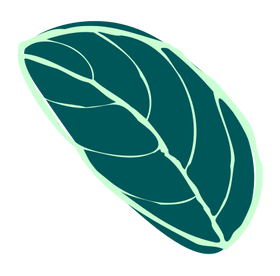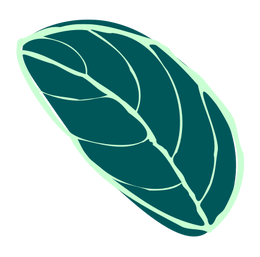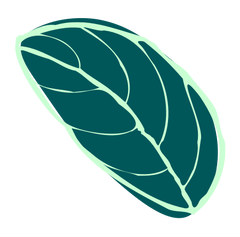As climate change becomes an increasingly pertinent issue globally, the term carbon footprint has become more commonly used in our vocabulary. But what exactly is a ‘Carbon footprint’?
Well, it refers to the total amount of greenhouse gases emitted into the atmosphere as a result of our actions. It calculates the impact of human activities on the atmosphere, suggesting that our activities are responsible for most of all the increases in greenhouse gases in our atmosphere. Global CO2 emissions recorded the highest level in 2021, suggesting that even though we are aware of the dangers of continuing on this path, we simply have not taken enough decisive actions to change the ways we go about our lives.
Educating ourselves on our own carbon footprint as well as organisations around us has become necessary in an attempt to stop global warming from becoming irreversible There is still time to avoid the extreme dangers of climate change, but only if we can cut greenhouse gas pollution much faster from nearly every aspect of human activity. Understanding our impact on the earth by calculating our carbon footprint is an important step in refining processes that have the highest emissions.
Not a data cloud, a raincloud, but the carbon cloud!
At WhatIF Foods we are tracking our emission levels and constantly searching for the best solutions to create our products with minimal impact on our environment. We chose to use Carbon Cloud to accurately measure the carbon footprint of our BAMnut milks, which at the moment is 0.45kg CO2e per kg. Carbon Cloud is a platform that helps calculate the carbon footprint of products for companies through measuring the different parts that go into the production of our BAMnut milk. All emissions up until purchase by a consumer are accounted for in the calculations of a products carbon footprint.
The pie chart below shows the different categories where data has been collected from to calculate the carbon footprint of the BAMnuts. Carbon Cloud allows consumers to easily compare the carbon footprint of different products. The carbon footprint of typical cow’s milk is 5 times more than that of BAMnut Milk. There are many activities besides food that contribute to our carbon footprint, take for example transport; around 4.7kg CO2e (12 times more than our BAMnut Milk) is produced when you travel 20 km (12 miles) by car.
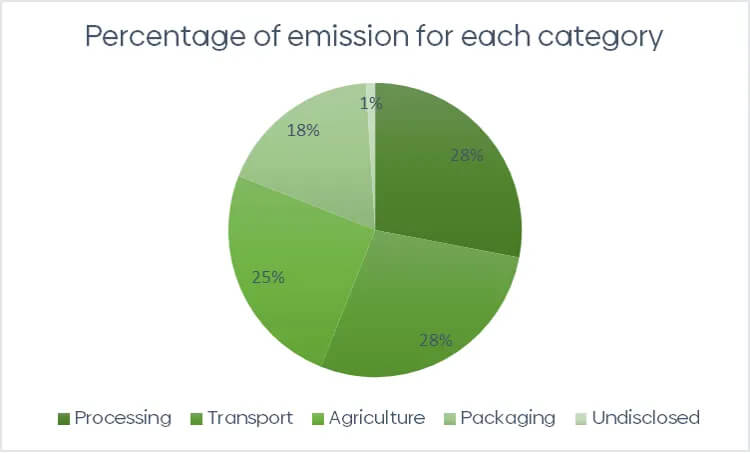
The percentage of carbon emission for each category.
As an organisation, we have also taken the decision to focus on our Lifetime Carbon, with the goal of having a Zero Lifetime Carbon Balance, this means removing all carbon from the atmosphere that we have put out there as a company and individually as employees.
WhatIF has signed up for The Pond Foundation’s My Carbon Zero initiative, which will enable us to mitigate all the carbon that has been emitted by the company and the employees within the company since its foundation in 2014.
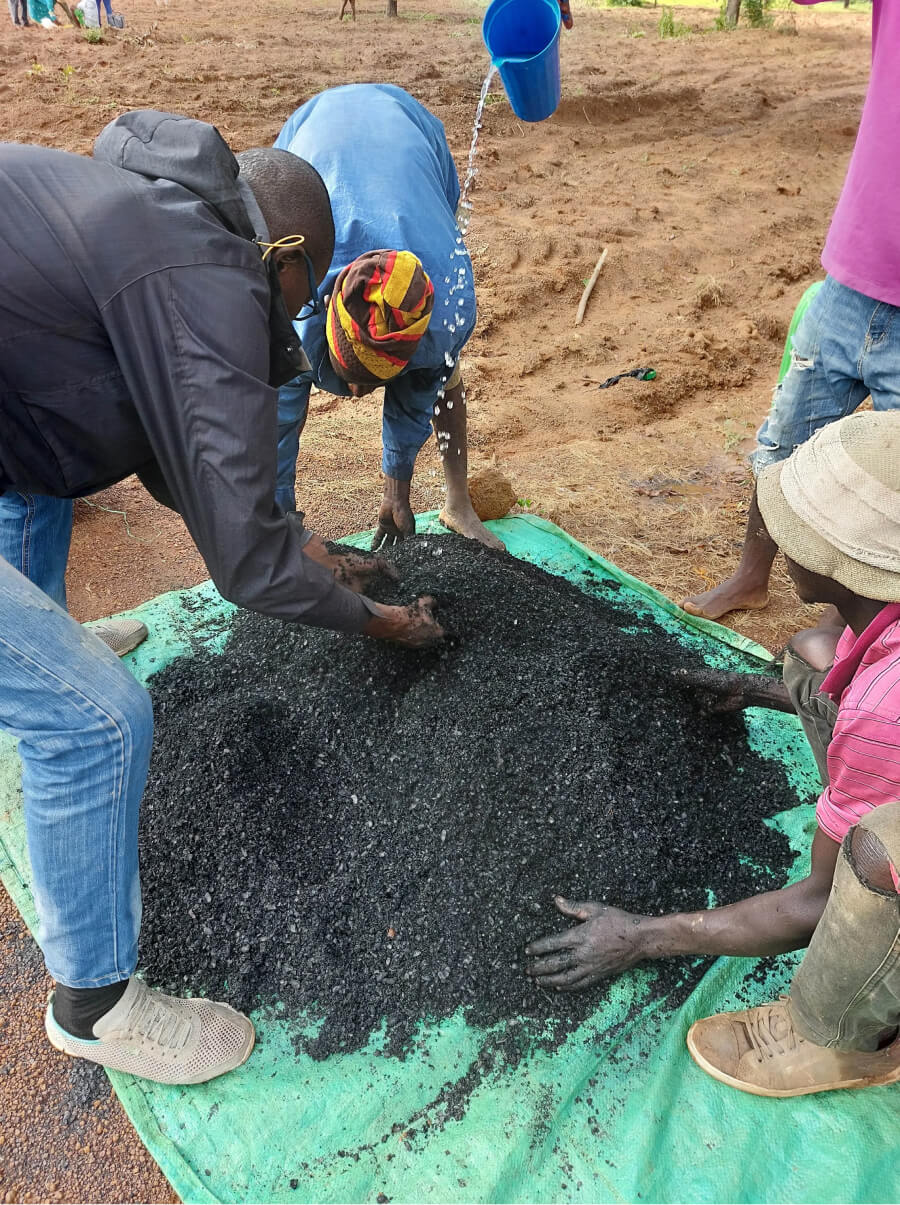
Our partnering farmers are converting our BAMnuts shells into Biochar.

They are loading soil with biochar to enhance soil fertility, improve plant growth and to lock carbon emissions in the soils.
How is this even possible?
Mitigating all our carbon emissions since 2014, this can sound grand and sophisticated. But, we are committed to our Carbon Zero journey, and to that end, we are taking concrete actions on the ground.
We are not climate neutral. Because emissions that have been emitted, cannot be subtracted. We don’t offset our carbon emissions in some mysterious project. Instead, we inset carbon, meaning that we remove carbon emissions in our own supply chain, and we do it in partnership with farming communities, local like-minded organizations, and The Pond Foundation.
One of the major ways we do this is by converting our BAMnut shells – which would otherwise be left alone on the soil to rot – into biochar. Biochar is the remaining residue after the pyrolysis of biomass. It is composed of mainly carbon and ashes. By spreading biochar on the soil, we sequester carbon back into the soil. This not only prevents significant amount of CO2eq from entering the atmosphere, but it also helps to restore soil health, soil biodiversity, and the water cycle, making the lands more fertile and productive.

BAMnut shells.
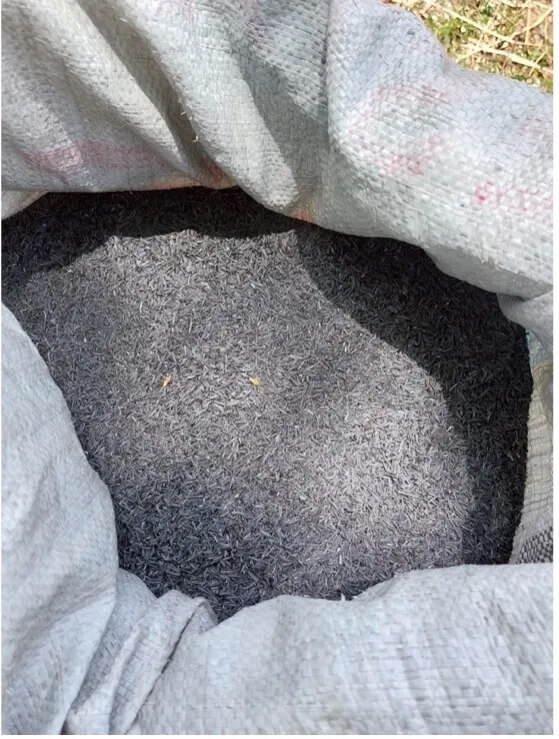
Biochar.
Help us break the high emission carbon cycle. We are making big changes in our supply chain to inset our carbon emissions and restore lands. You can join us in the Regeneration, and it can start with something as simple as switching from Cow's milk to BAMnut milk. Every action matters!
What's next?
Read all about the mighty BAMnut and its journey to your kitchen here.
Learn more about the show-stopping nutritional profile of BAMnut here.
Find out how we create a Better Better with our partner farming communities here.
-(3).png?v=1686728753263&options=)
